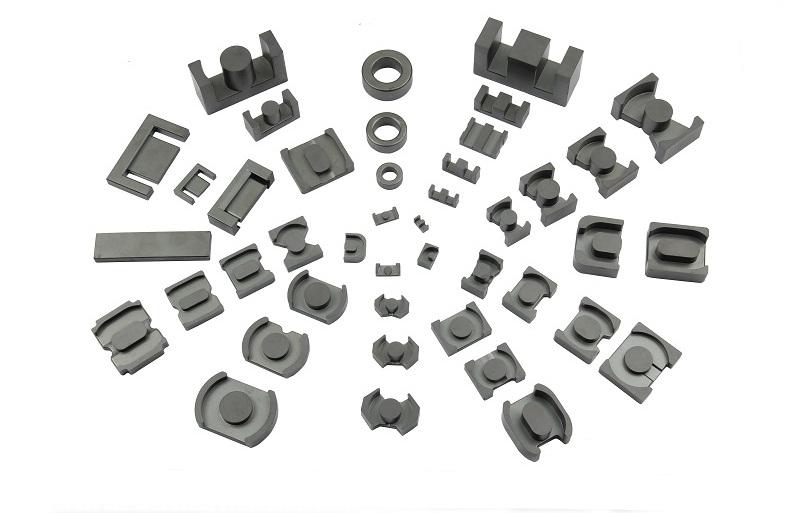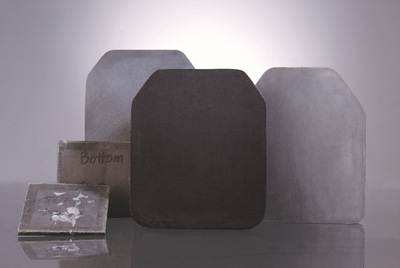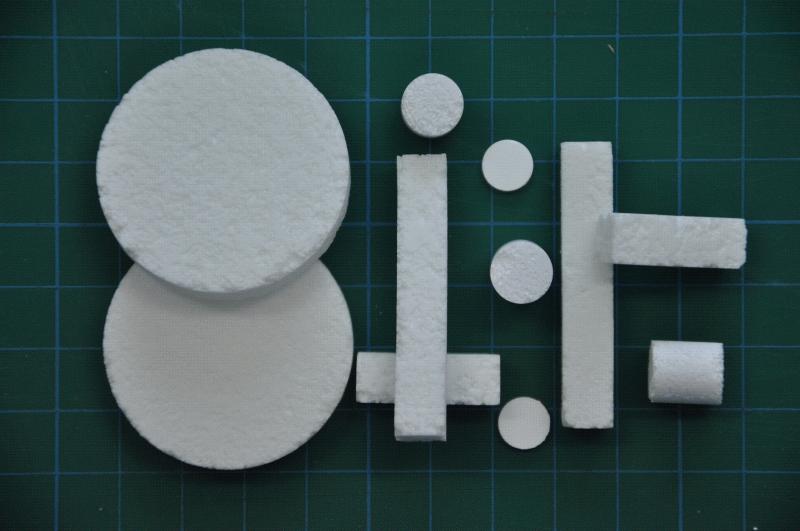The ferrite here refers to the polycrystalline sintered ferrite. Most of the polycrystalline ferrite is solid-phase sintered, with little or no liquid phase. The porcelain body is mainly composed of grains, grain boundaries, pores and grain boundaries.物 Composition. The following mainly discusses the effect of grain size and pores on ferrite.
1. The effect of grain size
The larger the grains of general materials, the more neat the grain boundaries, and the higher the initial permeability. This is because the larger the crystal grains, the neater the grain boundaries, and the smaller the stress near the grain boundaries; the smaller the obstacles to the movement of the domain walls, the higher the initial permeability. Generally, the relationship between the grain size of high-permeability ferrite and the initial permeability. When the average particle size is 5~10μm, the permeability increases quickly, because particles with a diameter of <5.5μm mainly rely on magnetic domains. Rotate to obtain a performance with a relative permeability of approximately 500. When the diameter is greater than 5.5 μm, the domain wall is mainly moved, and the relative permeability is about 4000. When the average diameter is greater than 20 μm, many pores appear on the grain interface, which hinders the movement of the domain wall. If the process is strictly controlled so that only a small amount of pores appear while the crystal grains are growing, the initial permeability (relative) μ0 can reach the 4th power of (1~4)X10 ultra-high permeability. Ferrite. Its structure is characterized by coarse and neat grains, obvious grain boundaries, high density and low porosity.
The crystal grain size is also related to the coercivity Hc. The smaller the crystal grains, the more grain boundaries, and the greater the resistance to domain wall movement. When the crystal grain is smaller than about 5μm, the magnetic domain is in a single domain state, which means that there is no domain wall, and there can be no wall shift magnetization. Only the magnetic domain can rotate. Therefore, the smaller the crystal grain, the more the The greater the coercive force Hc, therefore, the soft ferrite generally requires a larger particle size, while the hard ferrite requires a smaller particle size.

Soft ferrite
2. The effect of stomata
The existence of pores reduces the magnetic circuit and effective area and hinders the movement of domain walls. Therefore, materials with high porosity have lower residual magnetic induction Br, higher coercivity Hc, poor rectangularity, and lower magnetic permeability. The effect of pores on the mechanical properties of the material is also very significant. I will not discuss here, only the influence of pores on the material quality factor Q. The pores can increase the resistivity of the material, reduce the eddy current loss, and improve the quality factor of the material. Using various measures to control the porosity of the material can adjust its high-frequency performance and microwave performance. Using the porosity of ferrites, temperature-sensitive ferrites and porous ferrites for various purposes can also be produced.
In addition, the uniformity of the crystal grains also has a direct impact on the properties of the material. Inhomogeneous mixing and re-accumulation of raw materials, deviation of chemical composition (such as excessive Fe2O3), uneven distribution of impurities (especially a trace of SiO2), and uneven distribution of pores, uneven molding pressure and firing temperature may cause some The crystal grains grow abnormally, and the double structure of giant crystals and microcrystals (or composite structure or twin crystals) appears. The material with this double-layer structure has physical properties, initial permeability μ0, quality factors and temperature. The coefficient αu, etc. are all poor.
In short, the various physical properties of ferrite depend on the microstructure of the material. For example, soft magnetic materials working under a low-frequency magnetic field require a larger average particle size, while moment magnetic materials, gyromagnetic materials, and piezomagnetic materials require relatively small average diameters. High permeability and soft magnetic materials The microstructure only allows a few pores on the grain boundary, and requires maximum density and minimum porosity. Even high-frequency soft magnetic materials (or VHF ferrites) require a smaller average particle size and a certain porosity, and the average particle size of hard magnetic materials is relatively small. In short, further improve the uniformity of the microstructure, make the crystal grains uniform, the grain boundaries are clear, the crystal grain shape is complete, there is no oxidation zone around, and try to avoid structural defects such as vacancies, pits and cracks. It is a kind of ferrite material. Common requirements.
Declaration: This article is provided by CERADIR™ users or obtained from Internet, the content does not represent the position of CERADIR™. We are not responsible for the authenticity/accuracy of the article, especially the effects of the products concerned. This article is for study only, it does not constitute any investment or application advice. For reprinting, please contact the original author. If it involves the copyright and/or other issues, please contact us and we will deal with it asap! CERADIR™ has the interpretation of this declaration.







